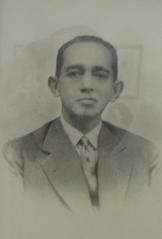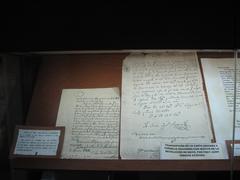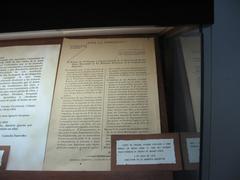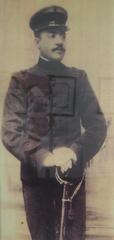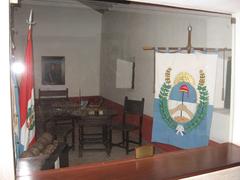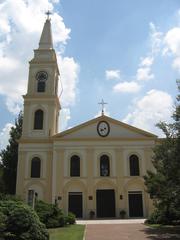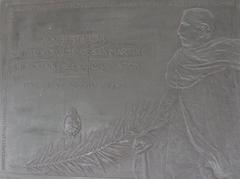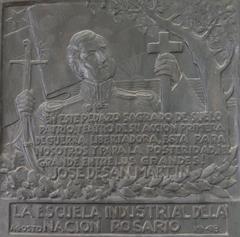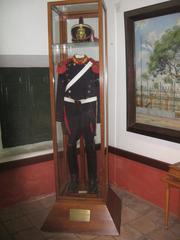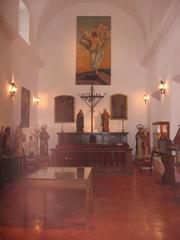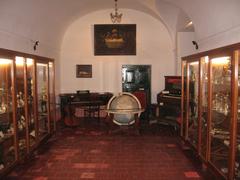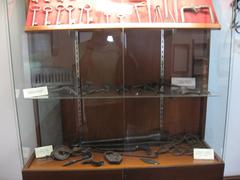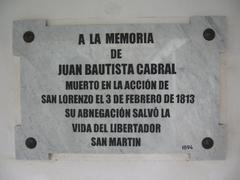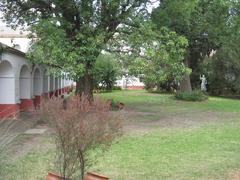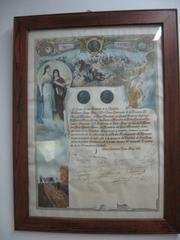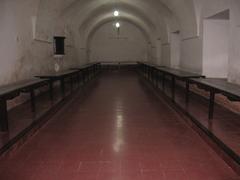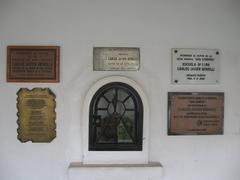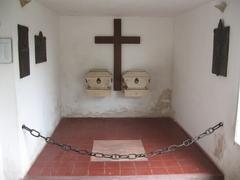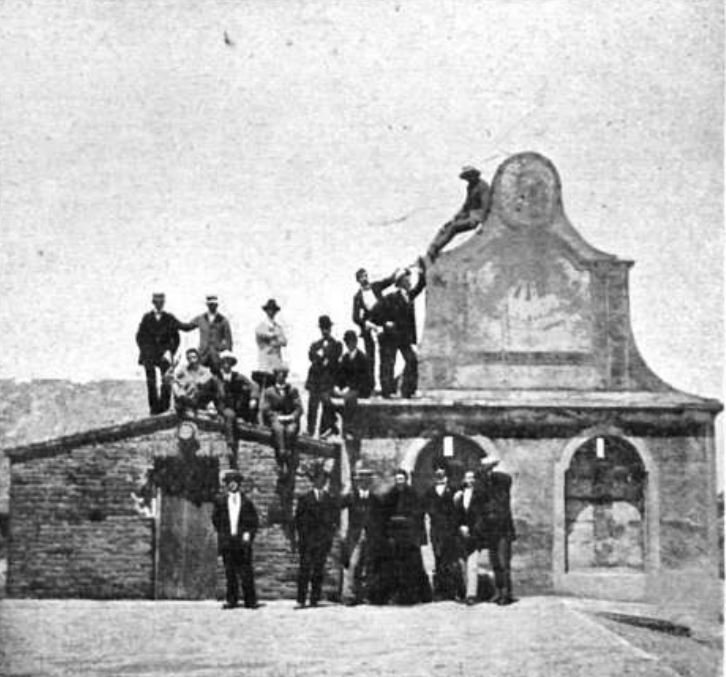
Visiting Convento San Carlos: Hours, Tickets, and Historical Insights in San Lorenzo
Publication Date: 31/07/2024
Introduction to Convento San Carlos
The Convento San Carlos in San Lorenzo, Santa Fe Province, Argentina, stands as a testament to the nation’s rich colonial and independence-era history. Established by the Franciscan friars in 1796, this historic site offers an immersive journey into the past, highlighting its architectural beauty and cultural significance. Visitors can explore the convent’s role in the Battle of San Lorenzo, the first military engagement in the Argentine War of Independence, and appreciate its colonial-era construction featuring a chapel, cells, corridors, and a central courtyard. The convent’s transformation into the Museo Conventual de San Carlos allows visitors to delve into Argentina’s religious and historical heritage through a collection of art and artifacts. Whether you are a history enthusiast, architecture lover, or curious traveler, the Convento San Carlos provides a unique glimpse into Argentina’s storied past. For detailed visitor information, including hours, ticket prices, and travel tips, this comprehensive guide will help you make the most of your visit to this remarkable site (San Lorenzo Municipality).
What You’ll Find in This Guide
- Introduction
- History
- Early Beginnings and Jesuit Influence
- Architectural Development
- The Battle of San Lorenzo
- Construction of the Church
- National Monument Status
- The Museum Conventual de San Carlos
- Preservation Efforts
- Visitor Information
- Visiting Hours
- Tickets
- Best Times to Visit
- Travel Tips
- How to Get There
- What to Bring
- Special Considerations
- Nearby Attractions
- Accessibility
- FAQ
- Conclusion
History
Early Beginnings and Jesuit Influence
The origins of the Convento San Carlos in San Lorenzo, Santa Fe Province, date back to the late 18th century. Construction began around 1790, intended to replace the earlier Jesuit Convent and Estancia, known as ‘San Miguel del Carcarañal,’ located near the Carcarañá River. The Jesuits were expelled from the region in 1767, leaving behind a legacy that the new convent sought to build upon.
Architectural Development
The Convento San Carlos was designed in a colonial architectural style, featuring a small chapel, cells, rooms, corridors, galleries, and a central courtyard forming the characteristic cloister. The initial construction phase was completed in 1796, providing a residence for the Franciscan friars. The convent complex includes later additions such as the church, the current school, the residence for the Franciscan Order, and other complementary facilities.
The Battle of San Lorenzo
One of the most significant historical events associated with the Convento San Carlos is the Battle of San Lorenzo, which took place on February 3, 1813. This battle was the first military engagement in the Argentine War of Independence and the only battle fought by General José de San Martín on Argentine soil. The convent served as a strategic shelter for San Martín’s troops before the battle. The ‘Campo de la Gloria,’ the approximate site of the battle, and the ‘Pino de San Lorenzo,’ where San Martín wrote the battle report, are integral parts of the convent’s historical landscape.
Construction of the Church
The church within the convent complex, facing the Paraná River, began construction in 1807. The design and construction were overseen by Juan Bautista Segismund, the master builder responsible for the Recova Vieja in Buenos Aires, which commenced in 1802. This connection highlights the architectural significance and skilled craftsmanship involved in the church’s construction.
National Monument Status
Recognizing its historical, cultural, and social significance, the Convento San Carlos and the adjacent Campo de la Gloria were declared a National Monument by Law No. 12.648 on October 2, 1940. This designation underscores the convent’s importance as a heritage site, preserving its legacy for future generations.
The Museum Conventual de San Carlos
Today, the convent houses the Museo Conventual de San Carlos, which exhibits a collection of art and religious artifacts from various periods. The museum includes several historically preserved rooms, such as the cell that hosted Colonel San Martín, the monks’ refectory, and displays detailing the convent’s construction and the friars’ work. However, the museum’s historical archive is currently facing significant deterioration and degradation, which efforts are being made to address.
Preservation Efforts
The preservation of the Convento San Carlos is crucial for maintaining its historical integrity and cultural heritage. Ongoing efforts to restore and maintain the convent’s structures and archives are essential to ensure that this significant historical site continues to educate and inspire visitors. The convent’s designation as a National Monument aids in securing the necessary resources and attention for its preservation.
Visitor Information
Visiting Hours
The Convento San Carlos is open to visitors from Tuesday to Sunday, 10 AM to 6 PM. It is closed on Mondays and public holidays.
Tickets
Tickets for visiting the Convento San Carlos are priced at ARS 200 for adults and ARS 100 for children, students, and seniors. Group discounts are available for pre-booked tours.
Best Times to Visit
The best time to visit the Convento San Carlos is during the spring and autumn months when the weather is mild, and the site is less crowded.
Travel Tips
How to Get There
San Lorenzo is accessible via Route 11 from Rosario, which is approximately 23 kilometers away. Public buses and taxis are available for transportation.
What to Bring
Visitors are advised to bring comfortable walking shoes, water, and a camera for capturing the beautiful architecture and scenic views.
Special Considerations
Photography is allowed in most areas of the convent, but flash photography is prohibited inside the museum rooms.
Nearby Attractions
While visiting the Convento San Carlos, consider exploring nearby attractions such as the San Martín National Monument, the Paraná River waterfront, and the San Lorenzo Historical Museum, which offer additional insights into the region’s rich history.
Accessibility
The Convento San Carlos is partially accessible to visitors with disabilities. Ramps and elevators are available in some areas, but certain sections of the convent may be challenging to access.
FAQ
What are the visiting hours for Convento San Carlos? The visiting hours are from Tuesday to Sunday, 10 AM to 6 PM.
How much are tickets for Convento San Carlos? Tickets are ARS 200 for adults and ARS 100 for children, students, and seniors.
What are the nearby attractions in San Lorenzo? Nearby attractions include the San Martín National Monument, the Paraná River waterfront, and the San Lorenzo Historical Museum.
Conclusion
The Convento San Carlos in San Lorenzo stands as a testament to Argentina’s rich colonial history and its pivotal role in the nation’s fight for independence. Its architectural beauty, historical significance, and cultural heritage make it a must-visit destination for those interested in exploring Argentina’s past. The ongoing preservation efforts ensure that future generations can continue to learn from and appreciate this remarkable site. Stay updated by following our social media channels and checking our website for the latest information.
Sources and Further Reading
- San Lorenzo Municipality https://sanlorenzo.gob.ar/museo-conventual/

